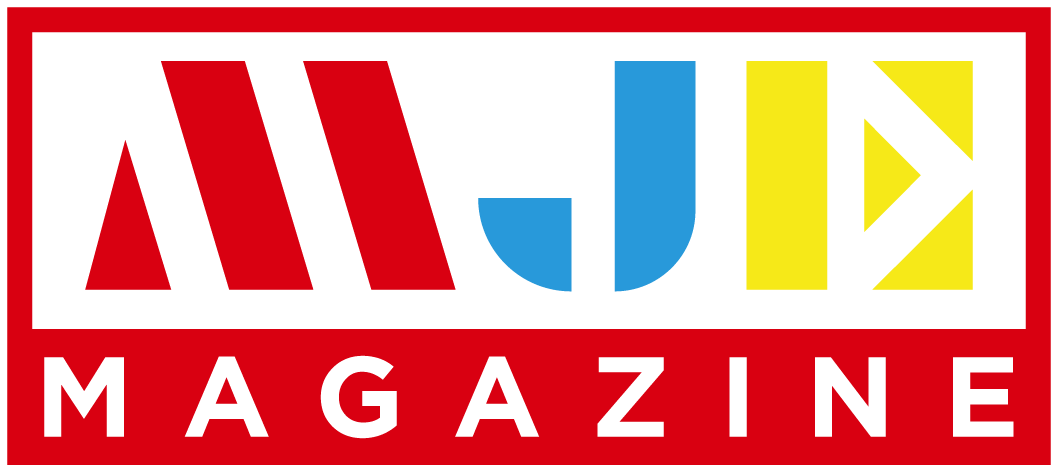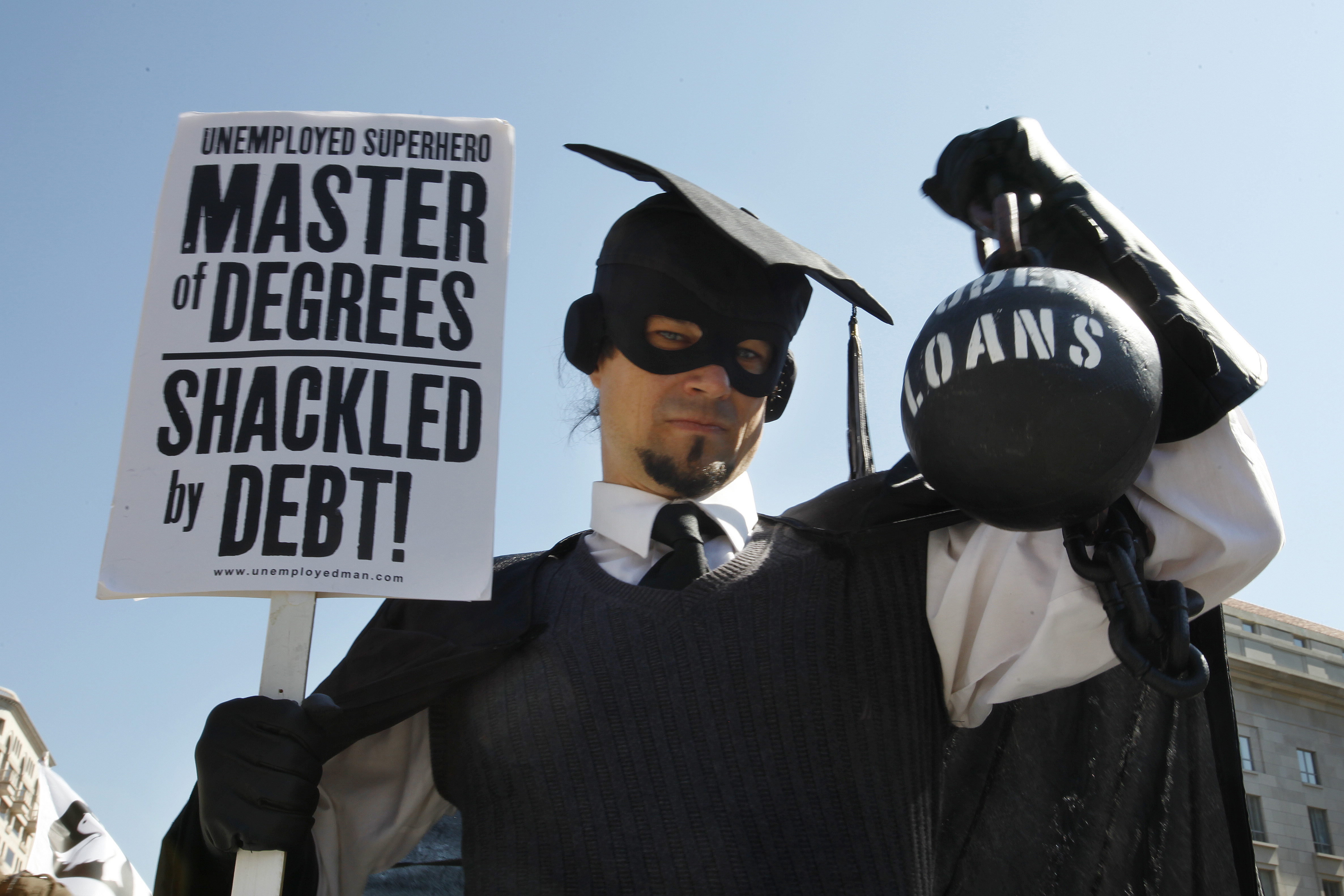Student loan forgiveness or more commonly known as Obama Loan forgiveness is an act which was brought into law by Obama through Student Loan Reform act 2010. The act has received mixed reactions from both generally and politically. The reason being, while the act is providing relief to students in paying off their debts; the act also has some hidden cons. The average student debt has reached a number of over $23,000. Once the debtor finishes his/her studies they start looking for jobs, but if the debt becomes a nightmare if this person finds a job in low paying, public service sector.
Here’s is how this act can help students in providing them some relief for student debt. The solution may not be as feasible for everyone but will give students a larger horizon and options when they are opting for student loans.
10/10 or Income Based Repayment Plan:
College students enrolling in college on or after July 2014 can benefit through a feasible income based repayment plan. Through this plan the debtor is required to pay 1/10th of his/her disposable income that is left after covering basic living expenses like food and house rents, for 10 years. An important thing that needs to be kept in mind is the fact that credit card debt will hinder your feasibility in acquiring loan forgiveness and your credit cards need to be processed. Loans over $45,540 will be eligible for this plan and can easily benefit from this part of the act. A debtor who chooses this repayment plan will only be paying off 10% of their income, which is now being reduced to 15 percent through the current law. However, we know that the basic living allowance differs as per family size, which currently equals to $16,500 for an individual and $33,000 for a family of four individuals.
The plan allows over 1 million borrowers to reduce their monthly debt payments. For those 1 million eligible borrowers the payment gets lessened to more than $110 per month. This is applicable for borrowers who are earning at least $30,000 with college loans up to $20,000.
For debtors working for a government or a public service job then their remaining balance is forgiven after they regularly pay for 10 years.
This income based repayment plan requires borrowers to show their earnings every year in order to make sure if they are still eligible for this plan. However, the person under debt pays more interest than the actual payment because it takes long to pay it all with this low payment.
Capping Interest Rates:
The student loan forgiveness act has modified higher education act of 1965 which helped in capping federal loan interest to 3.4%. Where this reduced interest rate provides relief to many borrowers it also indicates how the loan itself is reduced while the interest is still there to be paid.
How long do I have to pay?
The public service or government job holders get their entire loan forgiven after making regular payments for 10 years. However, in general the loan is forgiven after 20-25 years of regular payments, after these borrowers are eligible to have the rest of their loan forgiven.
Loans that can be forgiven:
The Student Loan forgiveness terms apply only to federal loans not to private student loans. Students owing both federal and private student loans get relief through this program and can plan better to pay off their private loans.
Who are Public Service Employees?
Through a survey carried out by CBS News, it was realized that not many public service workers are benefitting from the Income Based repayment programs. The most common reason observed was that not many people knew if they qualify as public service workers.
Members of the state’s armed forces, nurses, teachers, law enforcement and emergency workers, social workers and non-profit organization employees with the status of 501(c)(3).
Pay as you Earn Plan:
For those who have enrolled in college before 2014 another program was launched in 2012 so that students could benefit more from the new student reforms. For students getting admissions in their respective college before 2014, a “pay as you earn program” was initiated to pursue their education with ease. This program, also known as the income contingent repayment plan allows students to repay their loans as they are earning without any said income restrictions. Borrowers starting off their academic year on or after October 1 2007 can pay maximum 10% of their discretionary income (which is left after living expenses) for their student loans, every month. Any outstanding balance is forgiven after 20 years of regular payment. The maximum payment period for repayment is 25 years after which all the remaining balance is forgiven.
The act not just provides a better debt policy for students but also give them relief from unmanageable debt load. The act is a brave and helpful step in making education a source of growth rather than debt restrictions.


